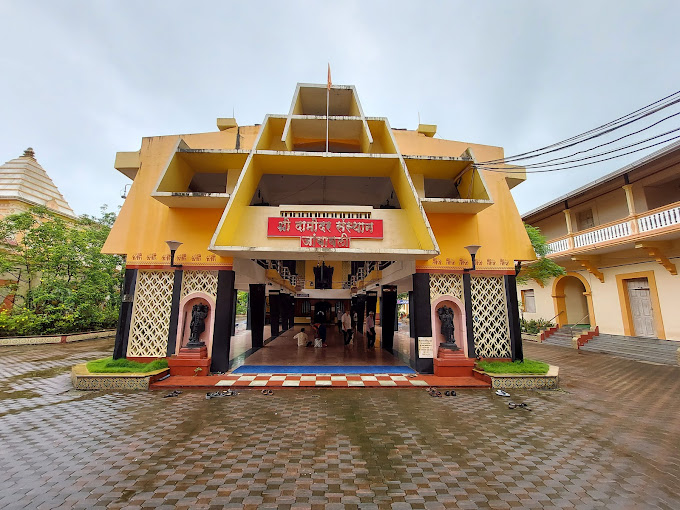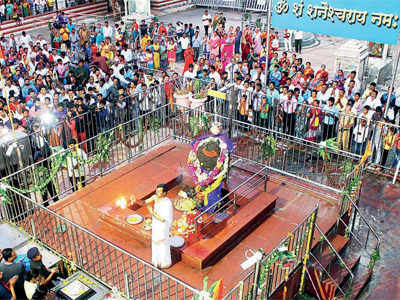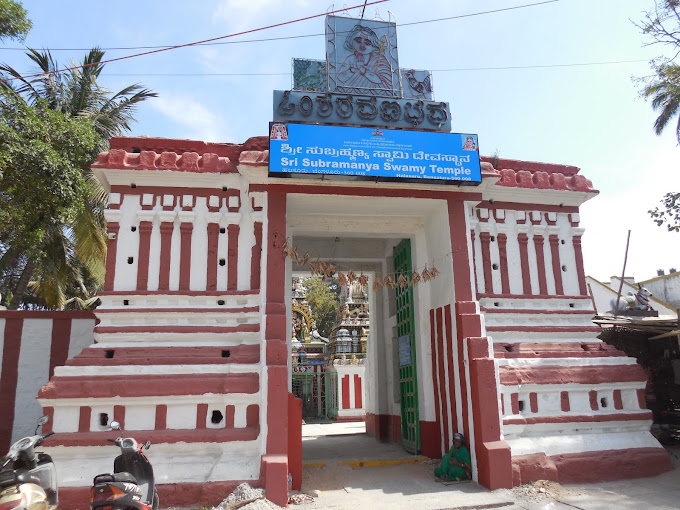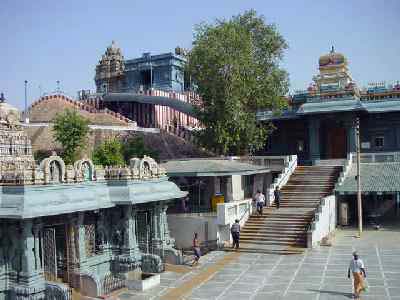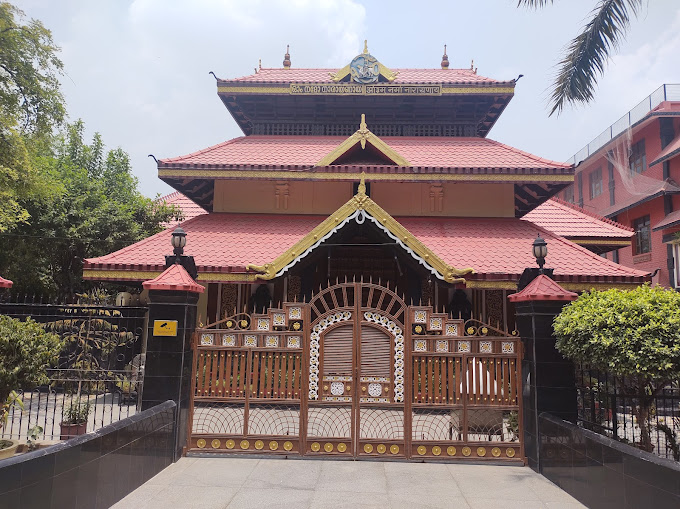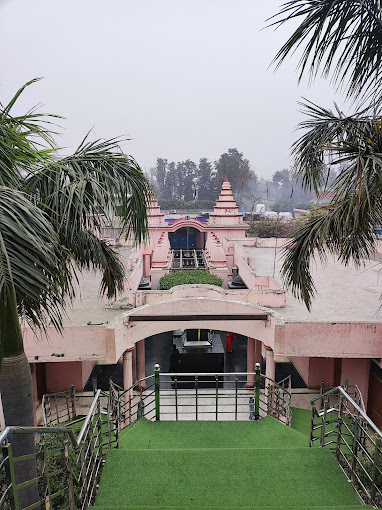Pune Pataleshwar (Panchaleshvara) Cave Temple, Maharashtra
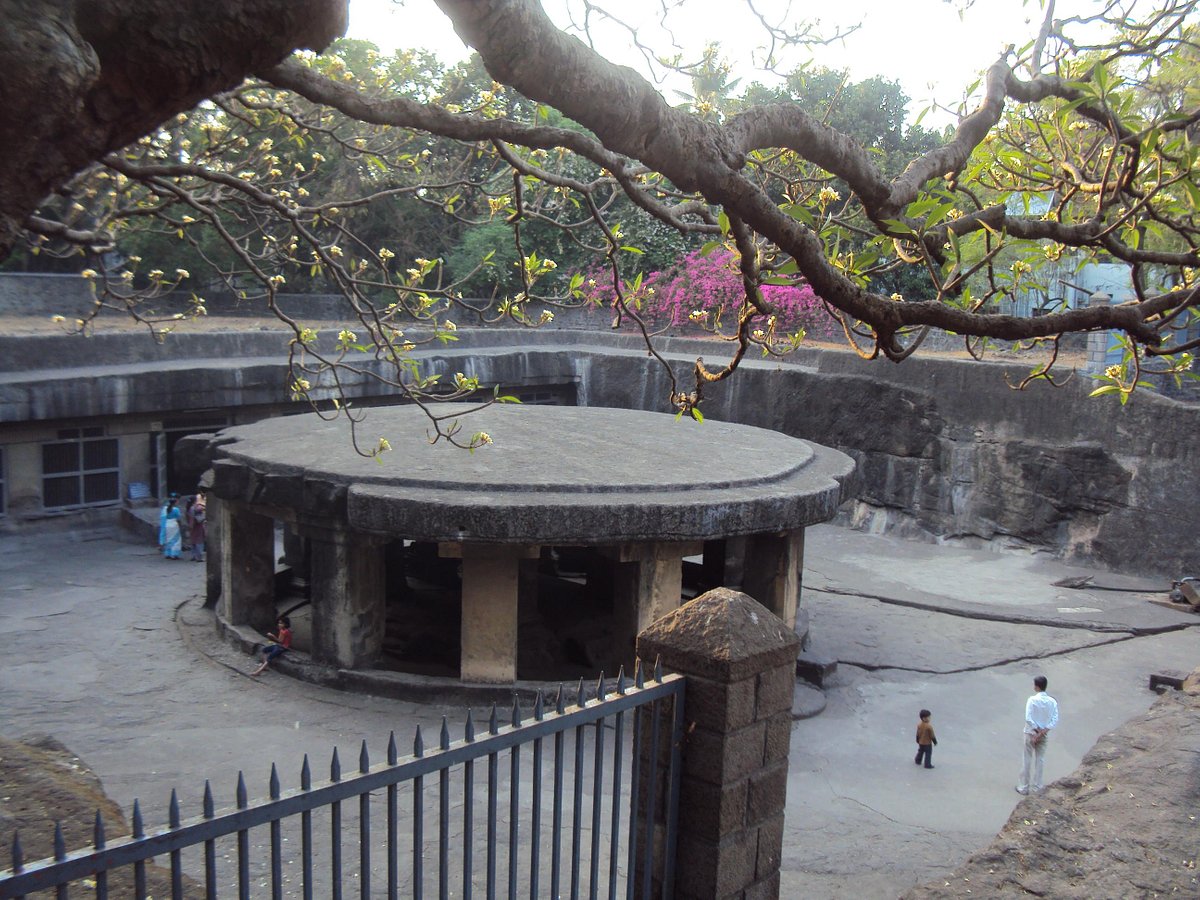
Address
Pune Pataleshwar (Panchaleshvara) Cave Temple, Kushabhau Jejurikar Rd, Revenue Colony, Shivajinagar, Pune, Maharashtra 411005
Diety
Shiva
Introduction
The Pataleshwar Caves, also referred to as the Panchaleshvara temple or Bhamburde Pandav cave temple, are a 8th century rock-cut temple from the Rashtrakuta period located in Pune, Maharashtra, India. Dedicated to Shiva, it was a monumental monolithic excavation with a notable circular Nandi mandapa and a large pillared mandapa. It is a temple of three rock-cut cave sanctums, likely dedicated to Brahma-Shiva-Vishnu originally, but currently to Parvati-original Shiva-Ganesha. The interior of the caves have suffered damage from vandalism. Outside, the monument shows the effects of natural elements over the centuries. The Pataleshwar temple is a protected monument of India and managed by the Archaeological Survey of India.
Puranic Significance
The temple is also known as Panchaleshvara or Bamburde Temple. It is built from a monolithic excavation dated to a period between 8th and 9th Century AD. This period is known as Rashtrakuta Period, after the royal dynasty that ruled large parts of India during this time. Interestingly, the cave temple bears striking resemblance to the massive rock-cut temples of Ellora near Aurangabad. The Pataleshwar caves are a monolithic excavation of a rocky hillock that gently swells and forms the terrain here. Its entrance is about a 20 feet long path from the east of the complex. It was originally an excavated tunnel but one that collapsed. In between the third row and the fourth row of pillars, in the front of the sanctums, is another small Nandi hewn in-situ, thus re-affirming that this was a Shaivism site from its origins. The three sanctum caves total to about 39 feet long and 27.5 feet deep. The central shrine has a rock-cut Mahadeva Panchalesvara linga (original), while the cella on its side have space for statues. The original statues are lost, and were likely of Brahma on one side, Vishnu on the other. Sometime before the mid-19th century, these were reclaimed with the addition of a Parvati statue and a Ganesha statue. The caves have remains and traces of reliefs, most of which is now lost. Of what can be identified, include Saptamatrikas (Shaktism), Gajalakshmi, Tripurantaka, Anantasayin (Vaishnavism) and Lingodbhava. The complex includes a small side shrine for Durga. The features a circular shape Nandi mandapa, all cut out of the original rock to monolithically reveal the Nandi shrine and the Nandi. This mandapa had sixteen pillars, twelve along the circumference and four inside to support the roof of the Nandi mandapa. However, four of the eastern pillars and the roof above they supported is now lost.
Century/Period/Age
8th century
Managed By
Archaeological Survey of India (ASI)
Nearest Bus Station
Pune
Nearest Railway Station
Pune Station
Nearest Airport
Pune
